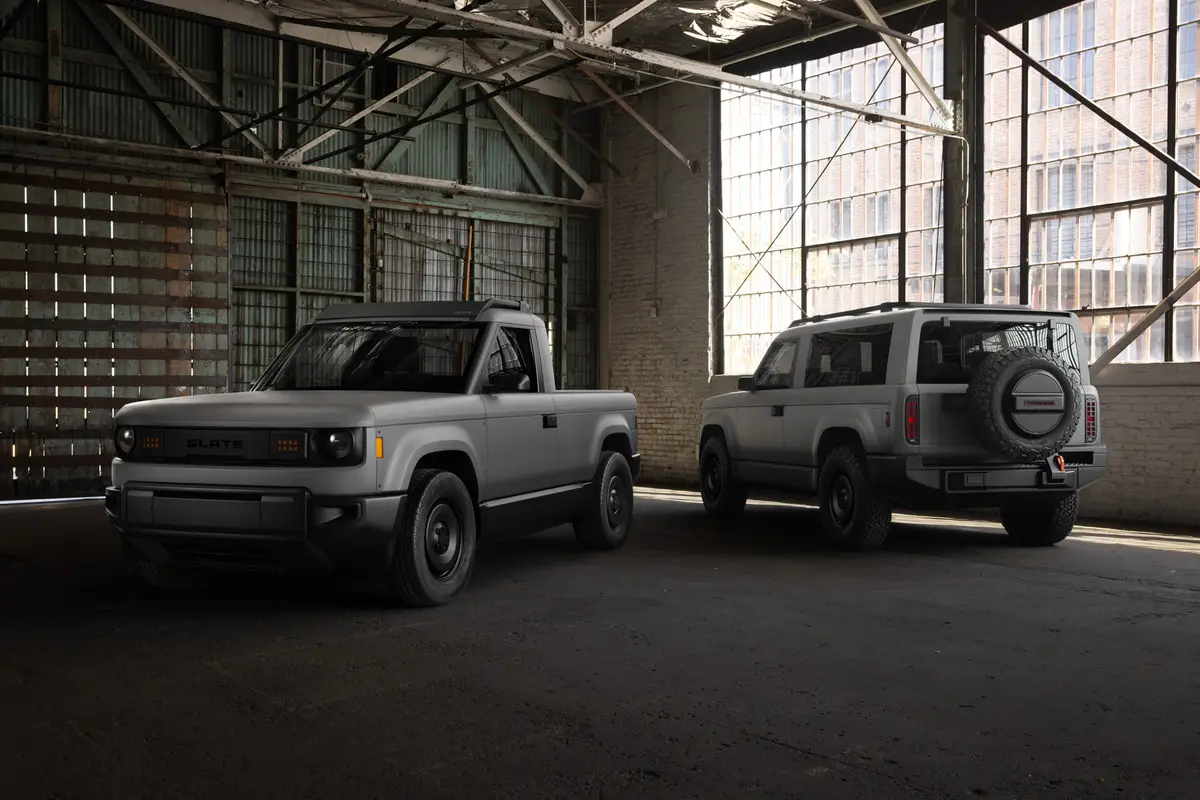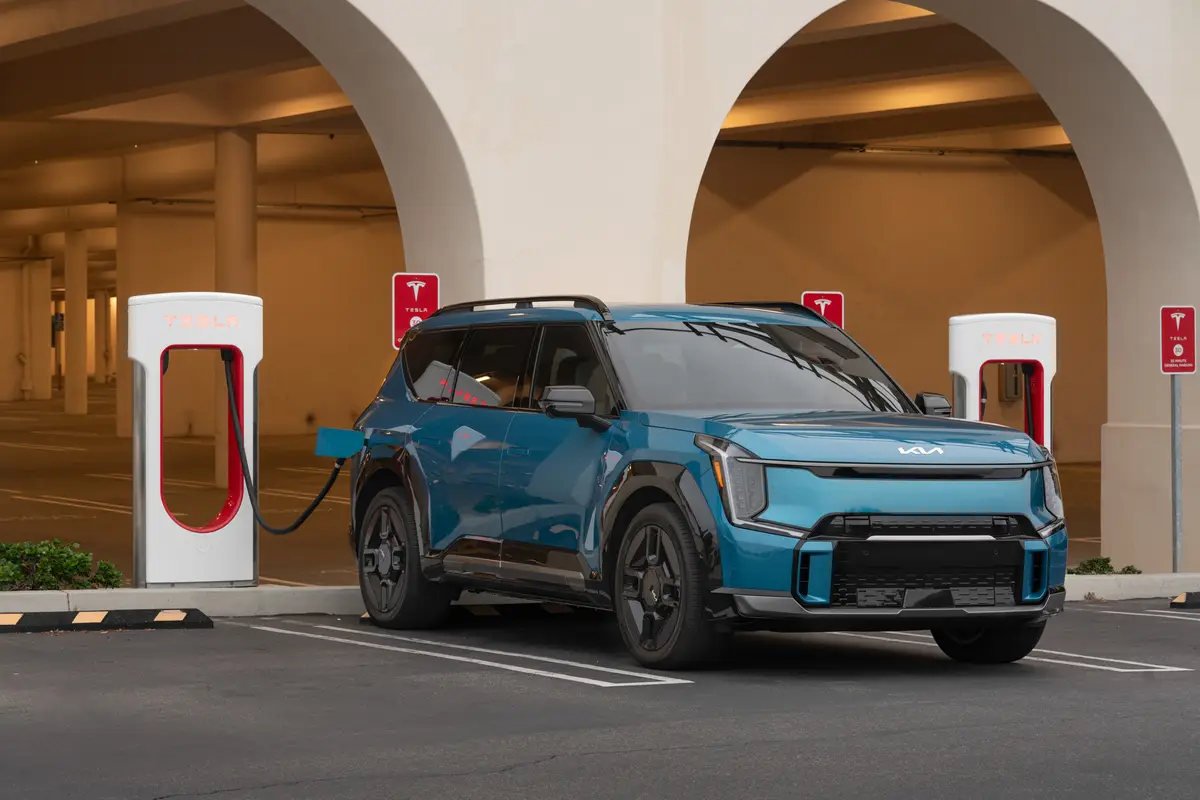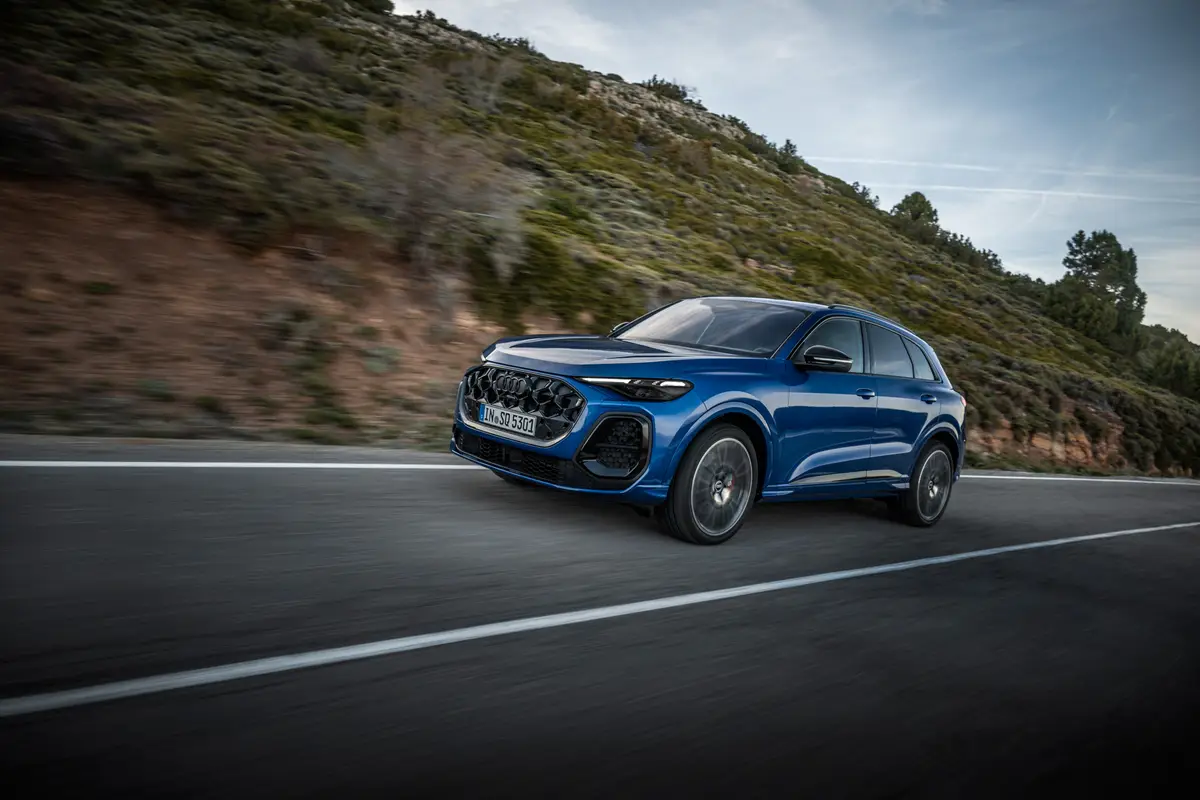The Morning Call and Mcall.com's view
In the 1988 model year, just about one out of every five vehicles sold in the United States will be a Chevrolet. And among the Chevys sold, the ever-popular Cavalier will account for its share of those sales.
Ever since its introduction in the early ’80s, the Cavalier has been at the top or near the top of the sales chart. It has been bought by millions as a family car, a first car and a fleet car. This is quite an accomplishment when you consider all of the competition – and not just from other manufacturers but within its own line-up. If there is one thing Chevrolet has it’s plenty of models – maybe too many. But, then, that’s the way Chevrolet does things.
This year, however, the Cavalier will be standing out a little more and not only in the general market but in its own Chevrolet line-up. For one thing, the number of Cavalier models has been reduced from 13 to a less confusing seven. For another, and more noticeably, the traditional and very familiar look of the Cavalier has been changed.
The design change is not a mere face-lift. In fact, the only thing the Cavalier seems to have in common with last year’s model is the Chevy ”bow tie,” which itself is one of the most recognized product symbols adorning Chevrolets for nearly all of the 76 years the company has been building cars.
Major changes for the redesigned Cavalier include a new grille and hood, new fenders and fascias and composite headlights. In addition, the coupe has a slant back roof and new rear quarter treatment that produces a sleeker profile. The test car – an RS coupe supplied by Scott Chevrolet, 3333 Lehigh St., Emmaus – was done up in white and looked as cool and refreshing as a vanilla ice cream cone. It also looked very much like a Beretta, the new model introduced to the line-up this past spring and already one of the best-selling compacts.
The test car was mistaken by many as being a Beretta. This strong resemblance between the two models will probably cause some sort of overlapping in the Chevy line-up (or, perhaps more accurately, more overlapping) but it seems like something that will benefit the consumer more than it will benefit Chevrolet. However, the new Cavalier is a good looking car that will certainly attract the eye of more people.
At far as basics go, the Cavalier coupe has a wheelbase of 101.2 inches, overall length of 172.4 inches and curb weight of 2,558 pounds. It could be a five-passenger car if the rear seat passengers are all on the small side. However, four persons would be more comfortable. The front bucket seats are decently sized and will provide enough room for all but the very large. The trunk measures a little more than 13 cubic feet; not bad, not great.
The interior of the sporty-looking RS coupe (defined by Chevrolet as fun transportation for the youth market) is nicely done up. The test car’s optional analog gauge instrument panel has i ts engine indicator instruments between the speedometer and tachometer and is not only easy to read but quite attractive looking. Controls are easy to reach and located where you would expect to find them.
The test car with its optional three-speed automatic transmission (a five- speed manual is standard) was, obviously, easy to drive. Just slip it in gear and roll away. Handling is responsive and predictable. The power rack- and-pinion steering is tight. The suspension features MacPherson struts up front and a semi-independent trailing arm, twist axle, arrangement in the rear. Overall, the RS’s road ability can be summed up as sporty.
Powering the RS is a 2-liter/121-cubic-inch four-cylinder engine with electronic fuel injection. The engine is rated at 90 horsepower at 5,600 rpm and 108 foot pounds torque at 3,200 rpm. Performance, while not breathtaking, is probably better than one would expect. The test car proved to have decent power for all Lehigh Valley driving conditions. And there was no need to think about anything. If you pushed it to the floor, the automatic made all the shifting decisions.
The five-speed manual might provide a little more versatility under some driving conditions but the test car’s automatic worked just fine. It shifted on cue and didn’t appear to be sacrificing any performance, especially at the lower end.
The engine/transmission combination also provided good fuel mileage. The test car averaged 22 miles per gallon for city driving and 30 mpg over the road. Unleaded regular was used.
For those interested in more performance and handling, don’t give up on the Cavalier yet. You might want to consider the Z24 version. This little sizzler features a multi-port fuel injected 2.8-liter/173 cubic inch V-6 rated at 125 horsepower at 4,500 rpm and 160 foot pounds torque at 3,600 rpm and special sport suspension with new Goodyear Eagle GT+4 tires. If either the RS or Z24 are too much for you, there is always the standard Cavalier. Pay your money and take your choice.
And speaking of money, the RS coupe has a base price of $9,175 and standard equipment includes power steering and brakes, dual sport mirrors, sport cloth bucket seats and RS trim and moldings. The test car had a bottom line of $11,746, which included a destination charge of $400. The biggest extra was the RS Option Package II at $1,138, which included air conditioning, AM-FM stereo, tinted glass, floor mats, intermittent wipers, speed control and tilt wheel. Other options included rear defroster, $145; automatic transmission, $415; aluminum wheels, $212; radio upgraded to cassette player, $122, and gauge package, $139.
The Cavalier is covered by a basic 12-month/12,000-mile warranty on the entire vehicle, a 6-year/60,000-mile limited warranty on the powertrain and a 6-year/100,000-mile rust-through warranty.
Latest news



